Open Networking Software
By default, many of these switches came with Dell OS10. We are going to let our readers look at OS10 and the switch documentation for specific features. It is difficult to try getting a complete list since there are hundreds of features our readers care about. Instead, we wanted to focus on some of the options out there if one does not want to run Dell OS10. After all, this is a “-ON” open networking switch.
First, we need to start with SONiC. SONiC is perhaps the biggest player in the space. If you wanted an open networking solution, this would probably be what we would recommend. Indeed, we have had guides on SONiC since around the time that this switch was released such as Get started with 40GbE SDN with Microsoft Azure SONiC. When we look at the SONiC hardware support page and look for Dell switches, the S5148F-ON is notably absent. We will quickly note here that the Dell options on this page are all based on Broadcom Trident or Tomahawk chips.
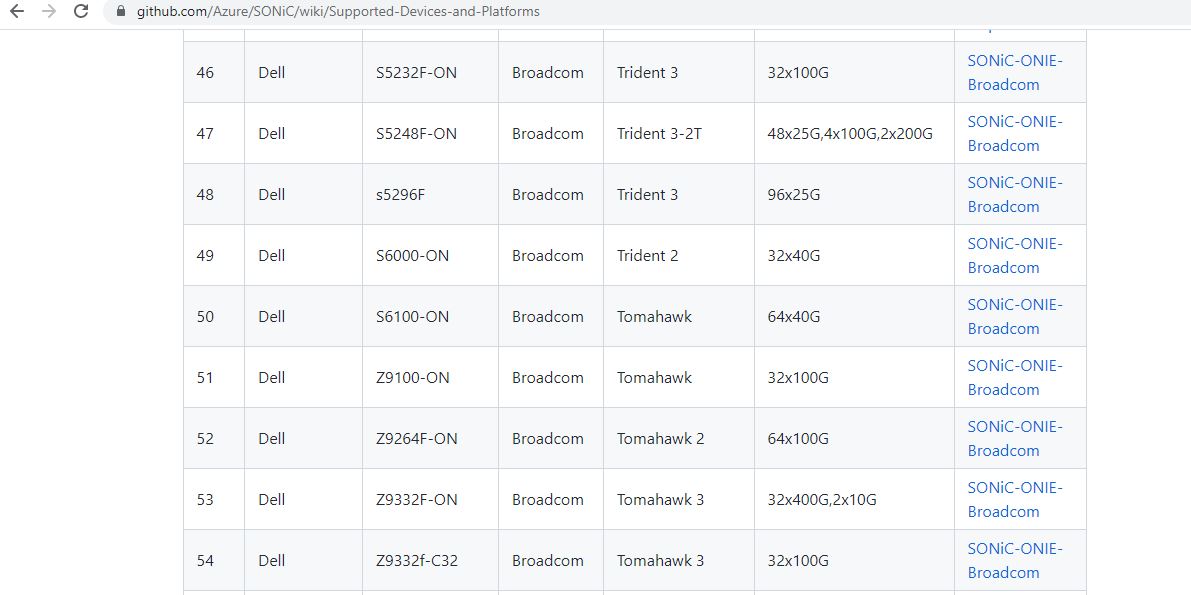
Another big one is Cumulus. NVIDIA acquired Cumulus Networks and looking for Dell switches on their page is very similar. We have Broadcom options. Perhaps the most notable part here is that the S5048F-ON and the S5248F-ON, the preceding and subsequent Dell 48x 25GbE switches compared to the S5148F-ON we are looking at today are both on the HCL for Cumulus.
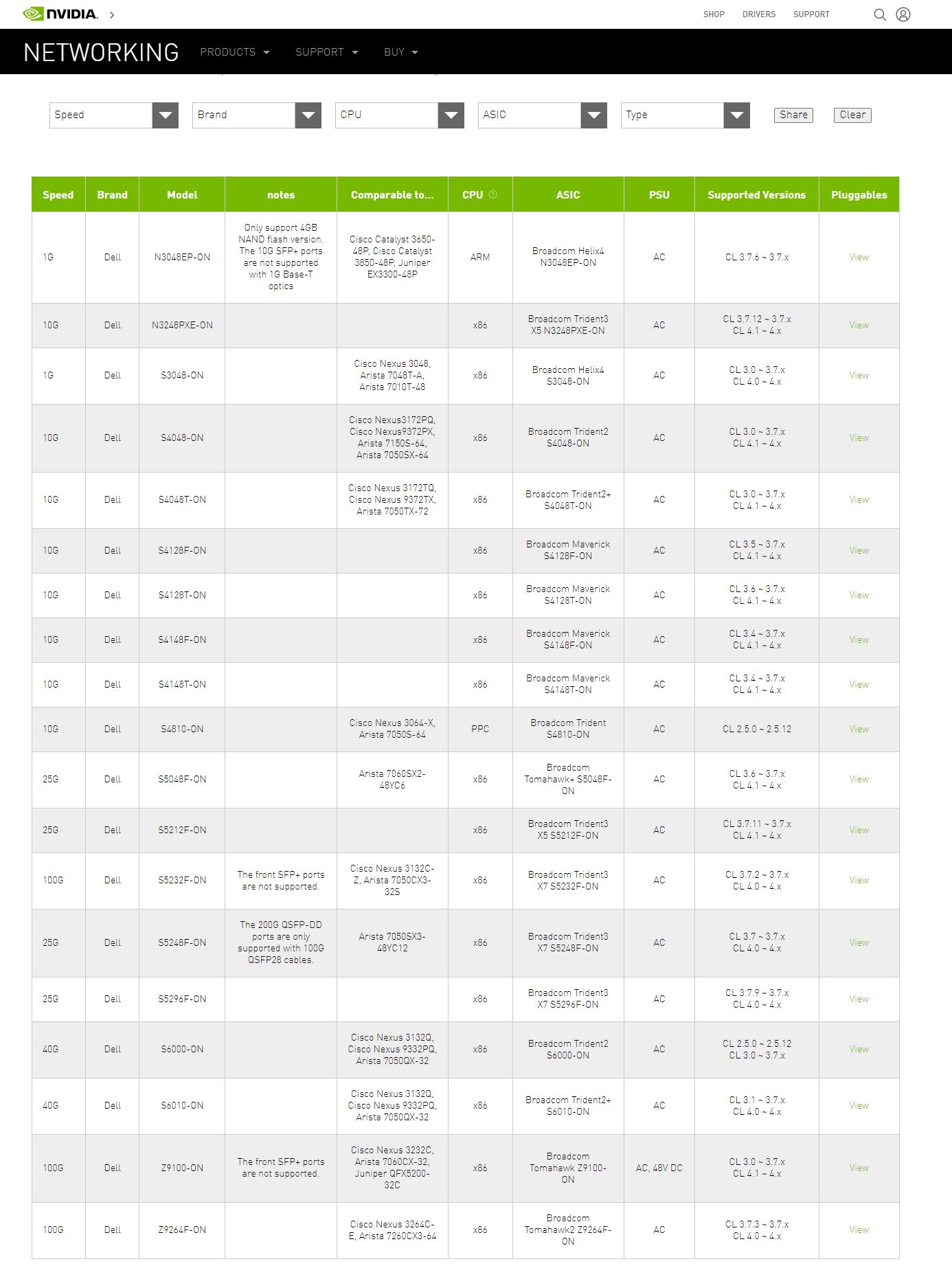
Again, this list is dominated by Broadcom not Marvell-Cavium XPliant. That is likely one of the factors behind Marvell purchasing Innovium. You can see Inside an Innovium Teralynx 7-based 32x 400GbE Switch on STH, but Innovium was very focused on hyper-scale markets and thus built a core competency around SONiC.
We tend not to use Open Switch just given the scale and momentum of SONiC. Still, we will quickly note we saw the S5148F-ON on that HCL:
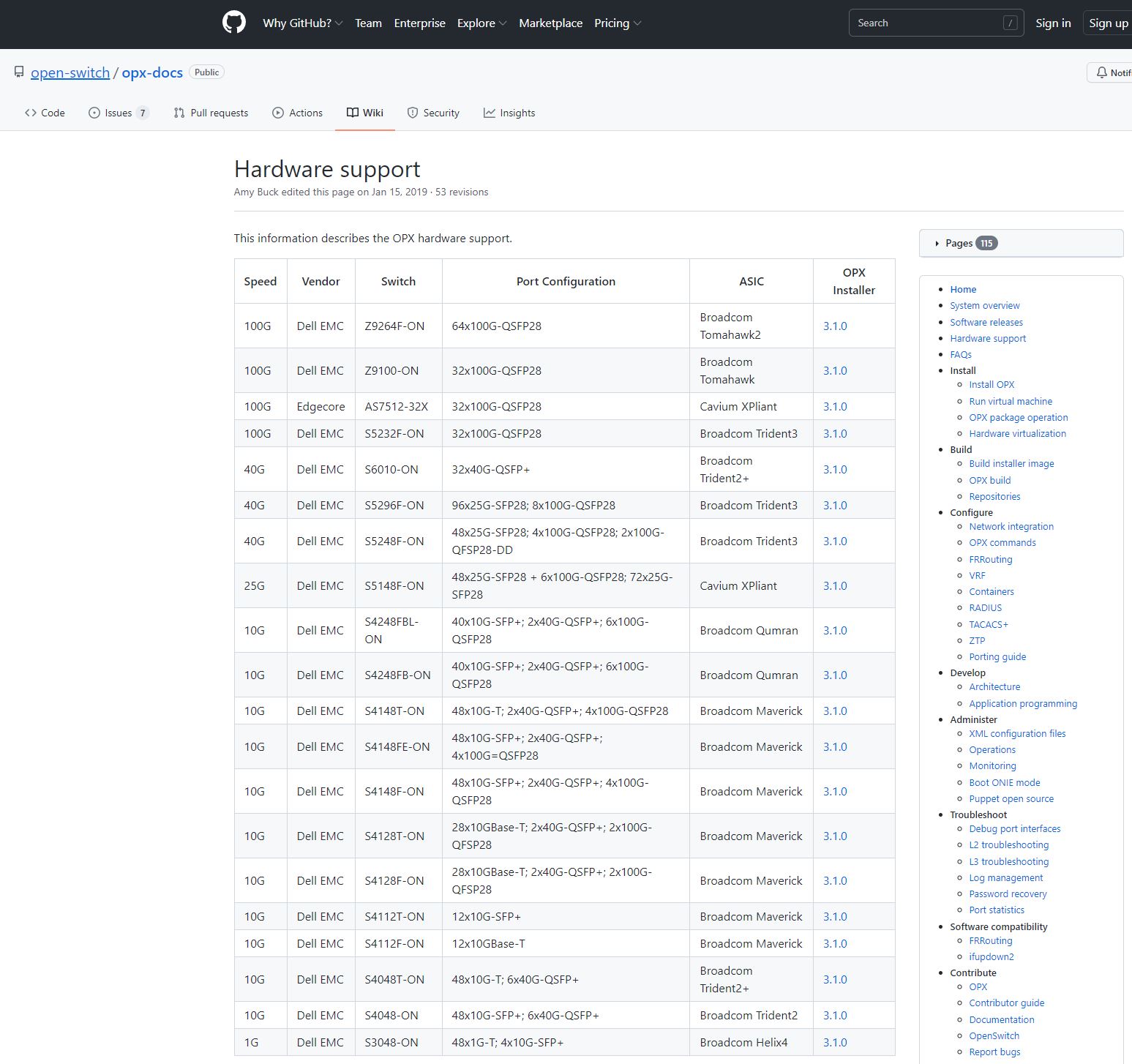
To us, along with the Intel Atom C2000 “Rangeley” CPU, even given the timing of this switch compared to fixes rolling out, the fact that Dell was using XPliant here instead of Broadcom means that we get fewer options.
Power Consumption and Noise
The switch itself comes with redundant 750W PSUs that are high-efficiency 80Plus Platinum units.
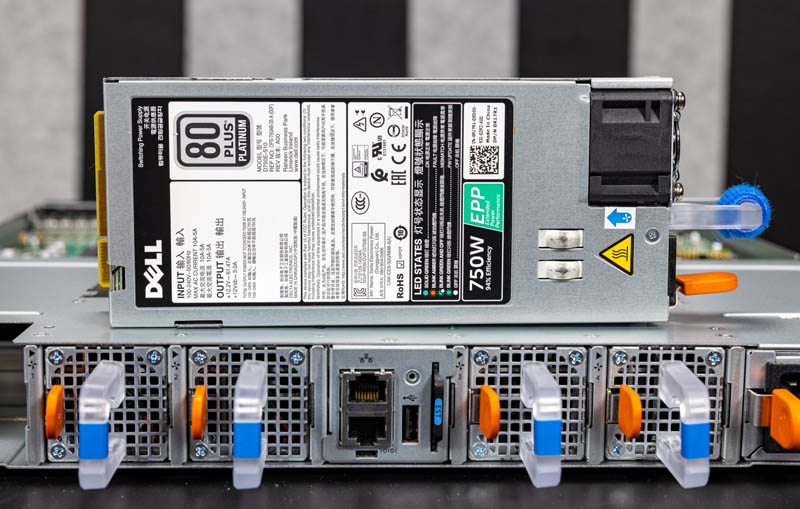
Our switches in the lab running with mostly optics are running in the 400W range. Dell lists the typical power consumption at 421W which seems reasonable from what we have seen. If one loads the switch with higher-power optics Dell says it has a 516W max. One can also lower the power consumption by using DACs. There is a large variation in these switches depending on what kind of pluggable components are being installed, so hopefully, this range is helpful.
In terms of noise, this is certainly a loud switch. We would not recommend it even for a lightly sound isolated cabinet in an otherwise quiet office. This is a switch designed for data center racks, not necessarily edge deployments where racks may be close to quiet spaces.
Final Words
This was a very interesting switch in the 2017-2019 era, but these days we would suggest getting a newer switch. At the same time, it is important for our market understanding. Although this switch was sold with the aspirations of open networking, these days it is not on the main SONiC nor Cumulus HCLs. A big part of that is due to Dell’s decision to use the Cavium XPliant switch and that never took off in the open networking ecosystem like Broadcom chips have.
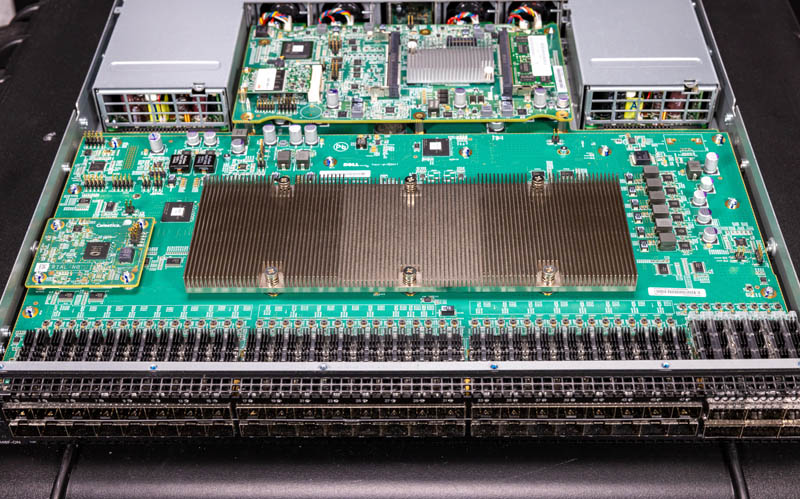
Between the switch chip and the reputation of the Intel Atom C2000 CPUs with the AVR54 bug – again likely undeserved on this platform – this creates an interesting market for these switches. Typically one can find these in the $1300-1600 range in the US and there is even availability outside. If you are OK running Dell OS10, then this can represent an immense value.
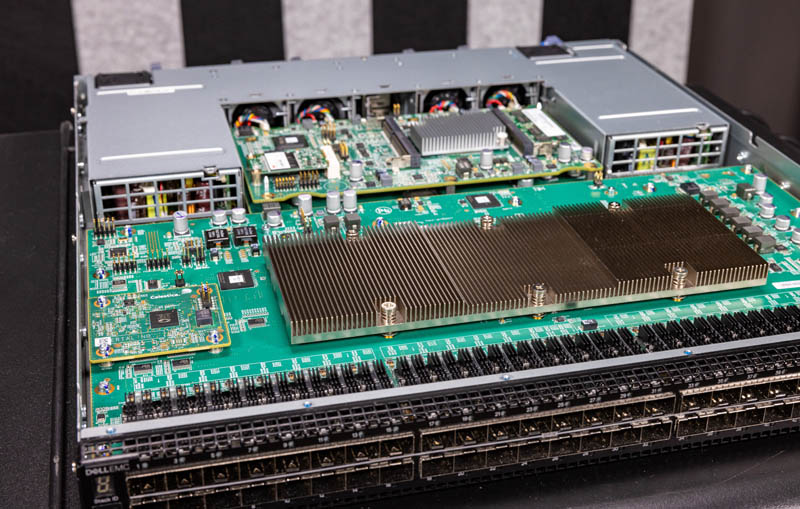
At STH, we have had these switches running for over 3 years as we deployed them just before switching to mostly 32x 100GbE switches in our labs. They have worked well for us just passing traffic with OS10. So when one has more practical rather than aspirational ambitions, these may represent a value in the market.
One item we wish Dell would do is to be more open with what is inside its switches. For example, searching for “XPliant”, “Cavium”, “Intel”, and “Atom” on the S5148F-ON spec sheet did not get us any results. These are the primary components of switches. As the C2000 bug taught us, this information can be useful years into the future. For these to be “Open Networking” switches, this type of information should be readily available.
Still, it was fun to get to see inside a model that we have used at STH.




Unfortunately too expensive. But such a 100GBit home network would be great.